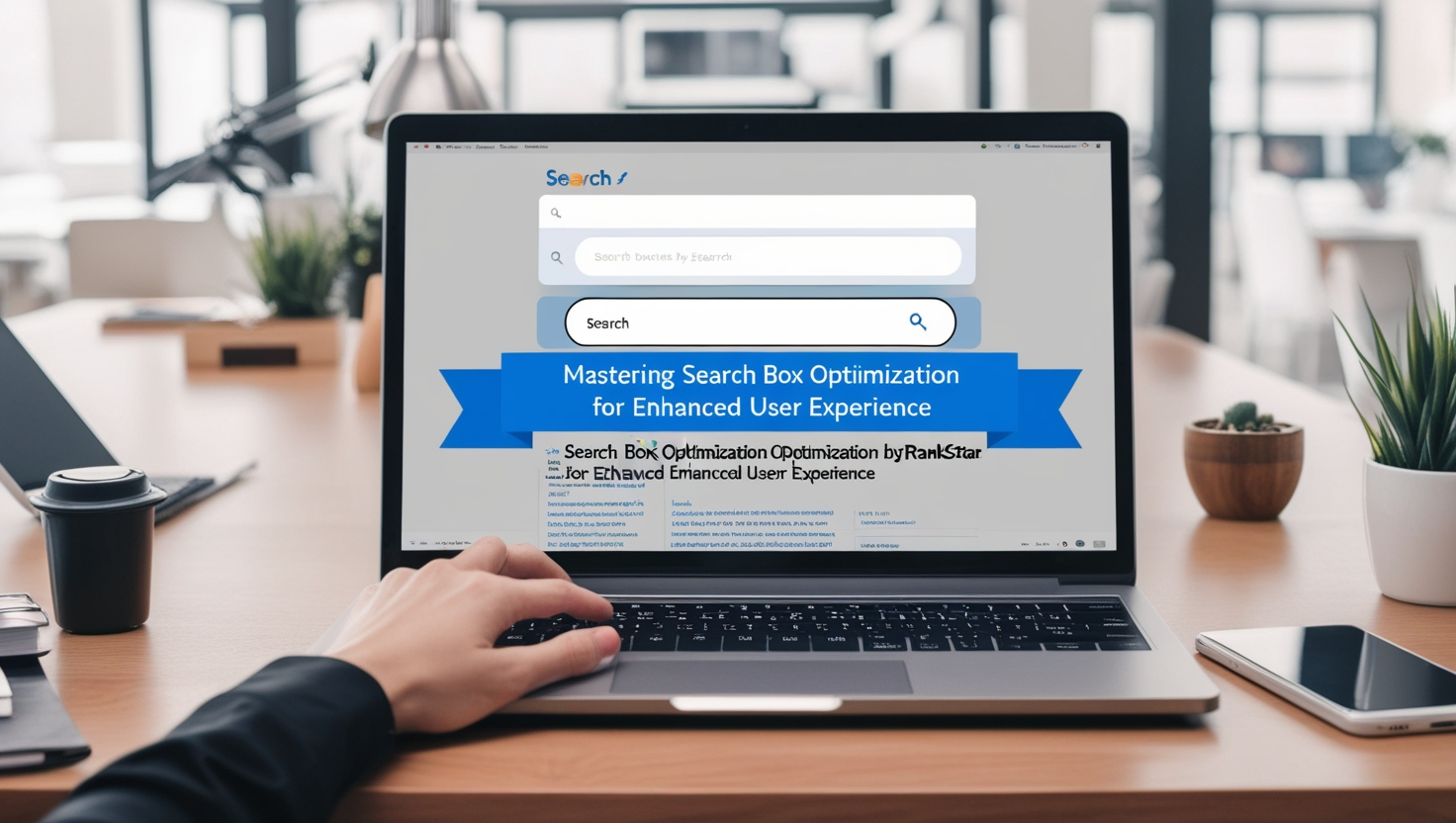
Introduction:
Mirroring a folder has become an essential practice for individuals and businesses in modern computing. Whether safeguarding critical data, sharing files across multiple locations, or ensuring access to information during emergencies, mirroring offers a seamless solution. This guide explores everything you need to know about creating and managing a Mirror Folder 42GB, its importance, how to achieve it, and the best tools.
Understanding the Concept of a Mirror Folder:
A 42 GB mirror folder is an exact duplicate of an original folder containing 42GB of data replicated on another device or storage location. The mirroring process ensures that the copy remains synchronized with the original folder, maintaining up-to-date files, structures, and modifications. This technique primarily benefits individuals managing large datasets, such as multimedia files, software backups, or research documents.
Mirroring provides several advantages, including:
- Data Backup: A 42 GB mirror folder acts as a real-time backup, offering protection against accidental deletions, hardware failures, or corruption of the original folder.
- File Synchronization: Ensures that changes to the original folder are immediately reflected in the mirror, keeping data consistent.
- Accessibility: Large datasets, like a 42 GB mirror folder, can be accessed from different devices or locations without compromising data integrity.
Preparing to Mirror a 42GB Folder:
Mirroring a folder as large as 42GB requires careful planning. Before initiating the process, ensure the following steps are completed:
1. Evaluate Storage Requirements:
A mirror folder of 42GB will require sufficient storage space on the target device. If the folder contains compressed or multimedia files, consider potential growth during synchronization. Always allocate at least 50GB on the destination drive to account for unexpected data increases.
2. Choose the Right Mirroring Tool:
Several tools and methods exist to create a 42 GB mirror folder. Each tool offers unique features like incremental updates, encryption, and scheduling options. Selecting the appropriate tool depends on the operating system and specific requirements.
3. Assess Connection Speed:
If the mirroring process occurs across a network, such as between a local computer and cloud storage, ensure a stable and fast connection. Uploading and syncing a 42 GB mirror folder can take considerable time over slower connections.
Methods to Create a Mirror Folder 42GB
Multiple approaches exist to create a mirror folder 42GB, ranging from built-in operating system utilities to third-party software solutions. Let’s explore some popular options:
1. Using Built-In Windows Tools:
Windows provides tools like Robocopy and File History for folder mirroring.
Robocopy: Short for Robust File Copy, Robocopy is a command-line utility that supports folder mirroring. To create a mirror folder 42GB, open Command Prompt and enter:
shell
Copy code
robocop “source_folder_path” “destination_folder_path” /MIR
- The /MIR switch ensures that the destination folder becomes a mirror of the source folder.
- File History: This tool helps back up files but might offer something other than real-time mirroring for a mirror folder 42GB.
2. Third-Party Software:
Numerous third-party applications are designed to streamline the mirroring process for large folders:
- FreeFileSync: A popular choice for creating a 42 GB mirror folder, FreeFileSync offers features like real-time synchronization, scheduling, and multi-device support.
- SyncBackPro: Known for its user-friendly interface, SyncBackPro provides advanced options like encryption and compression for large datasets.
3. Cloud-Based Solutions:
If the target location for the 42 GB mirror folder is cloud storage, services like Google Drive, OneDrive, or Dropbox can be configured for synchronization. Ensure that the cloud plan supports large storage sizes.
Challenges in Mirroring a Large 42GB Folder:
While the process is straightforward, mirroring a folder of this size presents unique challenges:
1. Time Consumption:
Mirroring a 42 GB mirror folder for the first time can be time-intensive, especially if performed over a network. After the initial setup, incremental updates minimize this issue.
2. Bandwidth Usage:
Network-based mirroring may consume significant bandwidth. To mitigate this, schedule synchronization during off-peak hours or use compression features.
3. Hardware Limitations:
Older storage devices or computers may need help handling the processing demands of a 42 GB mirror folder. Ensure the destination device is equipped with modern hardware for optimal performance.
Best Practices for Managing a Mirror Folder 42GB:
Once the mirror folder 42GB is established, proper management ensures its efficiency and reliability.
1. Regular Monitoring:
Periodically verify the integrity of the mirrored folder to ensure files are synchronized correctly. Any discrepancies can lead to data loss or inconsistencies.
2. Automate Synchronization:
Use tools that support automatic synchronization. Scheduling regular updates minimizes the need for manual intervention and keeps the 42 GB mirror folder up to date.
3. Data Encryption:
Consider encrypting the 42 GB mirror folder for sensitive files to protect against unauthorized access. Most modern mirroring tools provide encryption options.
Benefits of Mirroring a 42GB Folder:
The advantages of maintaining a mirror folder 42GB are extensive:
- Disaster Recovery: In case of data loss or corruption, the mirrored folder ensures continuity.
- Remote Access: Mirroring facilitates access to large datasets from multiple locations without duplicating efforts.
- Data Synchronization Across Teams: A 42 GB mirror folder is invaluable for teams handling large projects, enabling seamless collaboration.
Tools Comparison for Creating a Mirror Folder 42GB:
To assist in selecting the right tool, here’s a comparison of some popular options:
| Tool | Key Features | Ideal For |
| Robocopy | Command-line utility, fast | Advanced users, Windows only |
| FreeFileSync | Real-time sync, open-source | Multi-platform users |
| SyncBackPro | Encryption, scheduling | Professional environments |
| Google Drive | Cloud storage, accessibility | Online collaboration |
Everyday Use Cases for Mirror Folder 42GB:
The concept of a mirror folder 42GB has applications across various fields:
- Photographers and Videographers: Large media files often require backups to prevent data loss during editing or storage failures.
- Corporate Environments: Employees sharing large files or databases benefit from a 42 GB shared mirror folder to maintain synchronization.
- Gaming and Software Development: Developers often use mirrorintootestng and significant software builds.
Conclusion:
Creating and managing a 42 GB mirror folder offers a robust solution for data redundancy, synchronization, and accessibility. Whether you’re an individual seeking to back up personal files or a professional managing collaborative projects, understanding the process and tools is essential. Following the steps and best practices outlined in this guide, you can ensure that your mirrored folder remains reliable, efficient, and secure.
Embrace the power of mirroring to safeguard your data and simplify your workflow today!


